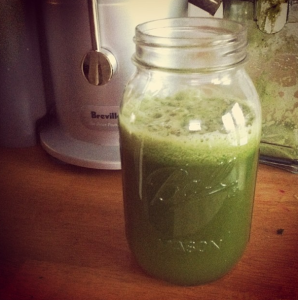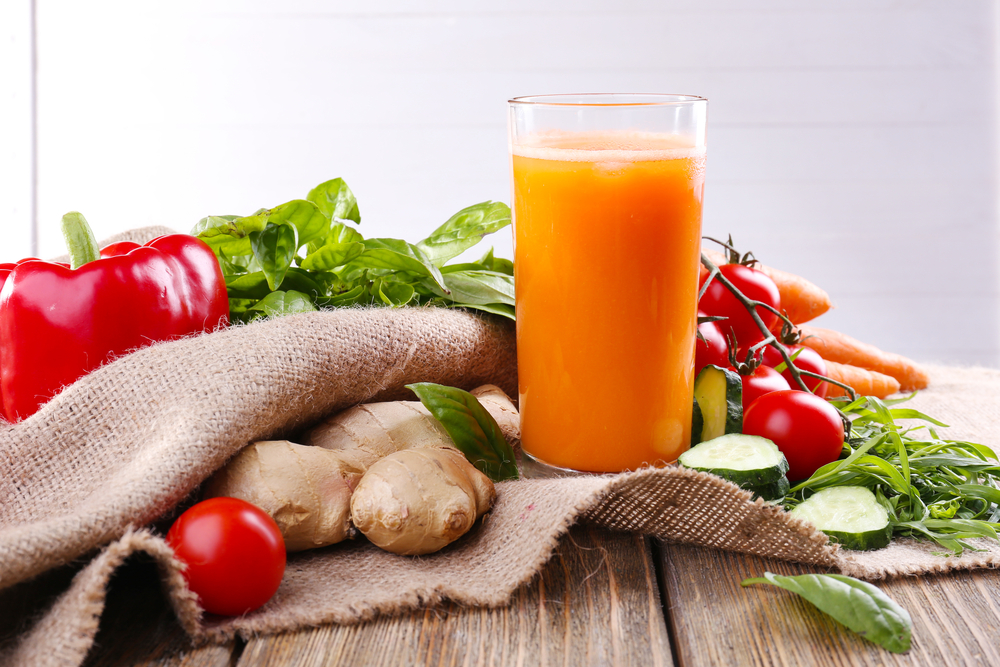Juice Cleanses: Even Kids Are Doing Them
Juice cleanses are the latest health fad, with juice bars and prepackaged juice cleanses now widely available. There is certainly a case to be made for short (or even lengthier) juice fasts, in which you drink only fresh vegetable juice for a period of one to several days.
This is typically done for cleansing purposes or to treat certain health conditions, and should only be done under the guidance of a natural health care practitioner if you intend to go on a longer juice fast. Some people also drink green juices as part of their intermittent fasting regimens.
Time Magazine recently reported that even children are jumping on the juice cleanse bandwagon, and at least one company markets a cleanse specifically for children for about $100.2 Those geared toward adults can be even costlier – upwards of $600 for a five-day cleanse.
I am not opposed to juice cleanses under the right circumstances, but children are generally not the best candidates, as their bodies require healthy fats and proteins that are missing from fresh juices. Further, you needn’t spend hundreds of dollars on a fancy juice cleanse—it’s easy to make your own juice at home for a fraction of that cost, and it’s going to be fresher, too.
My philosophy regarding juicing is to view it as a regular part of your diet, not just a fad that you engage in once or twice a year. Drinking green juice every day is going to give you far more benefits than a sporadic three-day cleanse will. Kids, too, can enjoy vegetable juice on a daily basis, either as a beverage with a meal or as a snack (ideally along with a source of healthful fat to ensure all those fat-soluble nutrients get absorbed).
Focus on Green Juice, Not Fruit Juice
This is an important distinction to make because, if your juice contains too many fruits, it will be both higher in calories and sugar (fructose). You can add in an apple, a kiwi, or a handful of berries to give your juice flavor, but the bulk of it should come from organic, green veggies—spinach, celery, kale, Swiss chard, etc. Unfortunately, green juice has a stigma for tasting bad and many people avoid it simply because of its color. A recent survey by Jamba Juice even revealed that 28 percent of US adults “fear the look” of green juice and 32 percent said green juice is their least favorite type of juice.3 This negative reputation persisted despite the fact that 32 percent said they believe green juice is the healthiest option.
It may take some getting used to, but green juice actually has a very pleasant flavor, and you can tweak it to fit your taste. If you’re new to juicing, you can start with more mild-tasting veggies, like celery and cucumbers. From there you can work your way up to red leaf lettuce, romaine lettuce, spinach, and escarole, along with parsley and cilantro. Greens like kale, collard, dandelion, and mustard greens are quite bitter, so you’ll want to start slowly and add just a few leaves at a time. If you would like to make your juice taste a bit more palatable, especially in the beginning, you can also add these elements:
- Limes and lemons: You can add one half to a whole lime or lemon for every quart of juice. You can actually juice the skin if you want to avoid the hassle of peeling them. Limes work well to cut bitter flavors
- Cranberries: You can also add some cranberries if you enjoy them. Limit the cranberries to about four ounces per pint of juice.
- Fresh ginger: This is an excellent addition if you enjoy the taste. It gives your juice a little “kick”!
[dynamic-sidebar id=’Custom Widget 2′]
